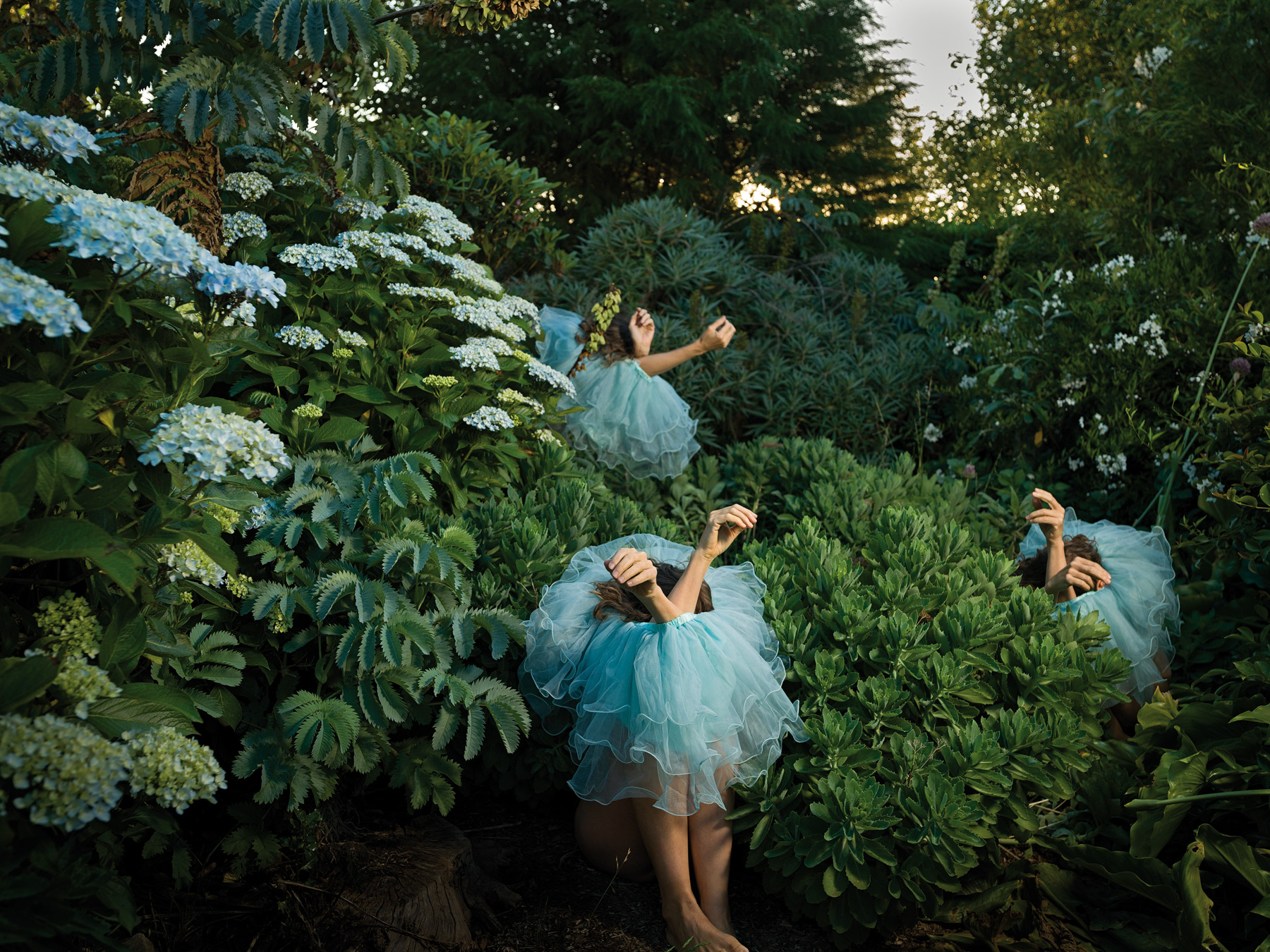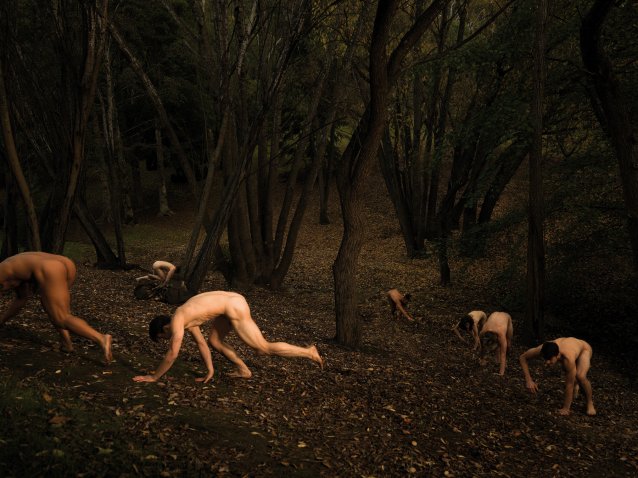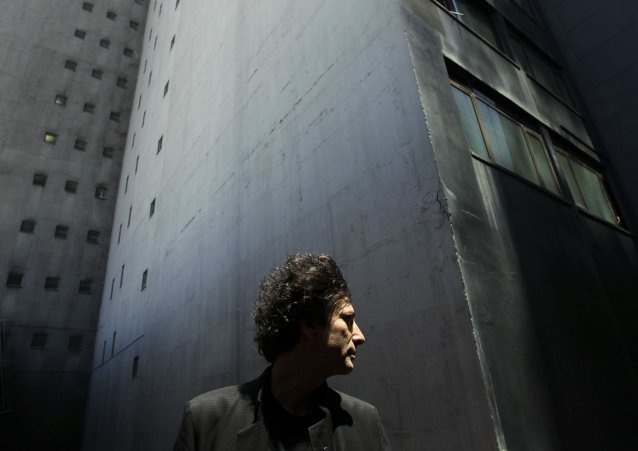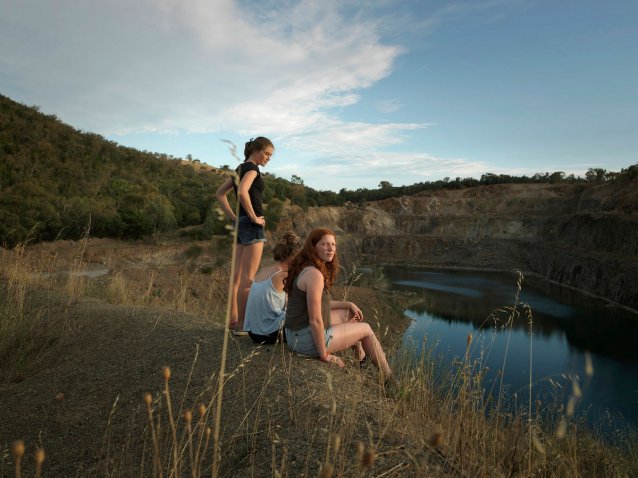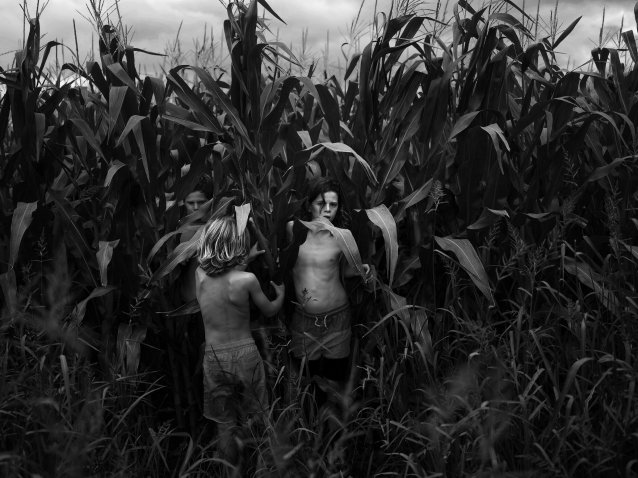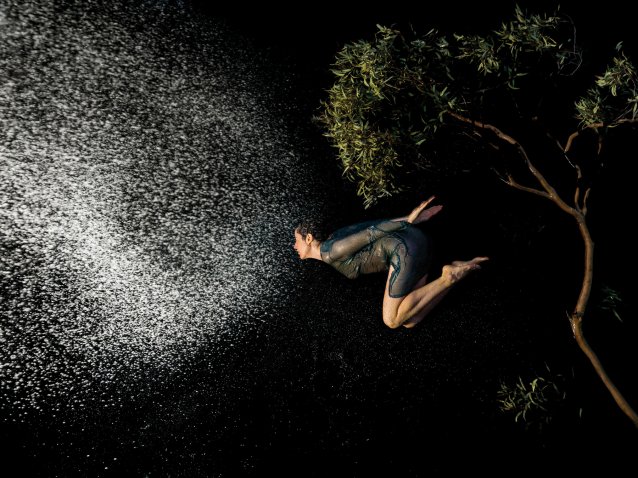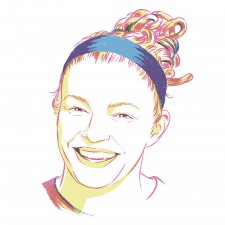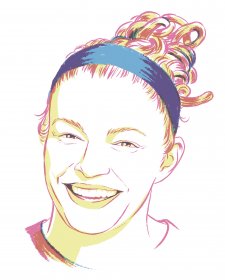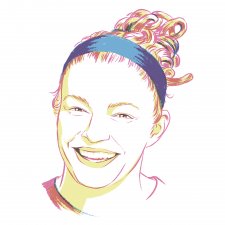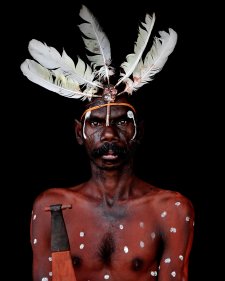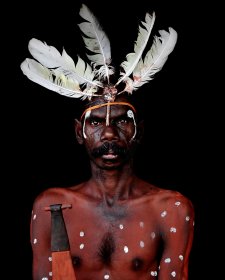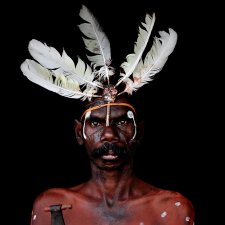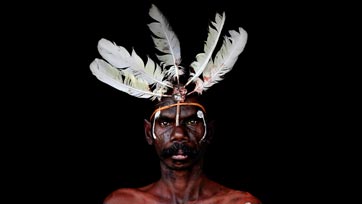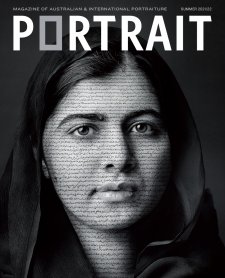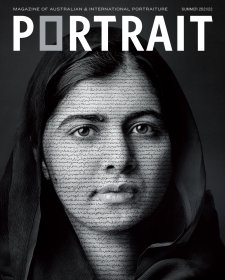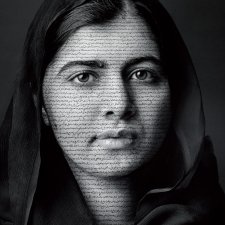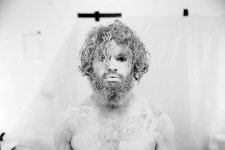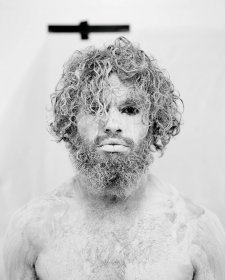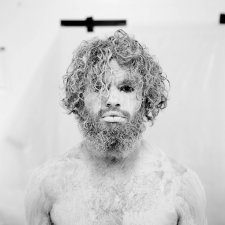The seismic changes in the world during 2020 and 2021 have signified a change in practice and approaches for many photographers, and have led Dean into her most recent body of work High Jinks in the Hydrangeas. Shown in 2021 as the first solo exhibition at both the Southern Highlands’ new gallery Ngununggula and the new Michael Reid gallery in Chippendale, the series turns the camera inwards on Dean herself as the figure in nature. While primarily figurative, High Jinks in the Hydrangeas serves as a universal portrait of sorts, a psychological symbol of humans interacting within a landscape. As she noted in her artist statement for the series: ‘Here I am the figure, I am the photographer, I am the director, it is my narrative. This series is the culmination of everything I have learnt as a photographer. It’s the woman I’d like to be.’
The power and resilience of women underpins her work, and Dean represents strong women of all ages in her images, including herself. ‘I’ve selected the people I photograph based on the strengths that I see in them. I suppose that is an interesting link to the work that I’ve made now in that I’ve used myself. Maybe I’ve known that that’s what I look to portray, so I’ve had to delve into myself to find my own strength in this body of work.’
There is a certain mystery in portraiture that doesn’t show the face. It can almost be more powerful in allowing the viewer to form their own narrative without relying on facial expression as a directive. Dean sees strength in both approaches.
‘Recently, I’ve been less focused on being able to see the identity of the person because I’m using the figure as a symbol of humanity, and taking it a little bit away from the person themselves,’ she says. ‘But, for instance, in The Goodall boys, having that engagement with the young boy in the middle, I find that you as the viewer can either engage with the person looking to the camera, or you can bring yourself into the mind of the person who’s in their own world. They become like a portal for you to enter that narrative in some way, in your own mind.’
